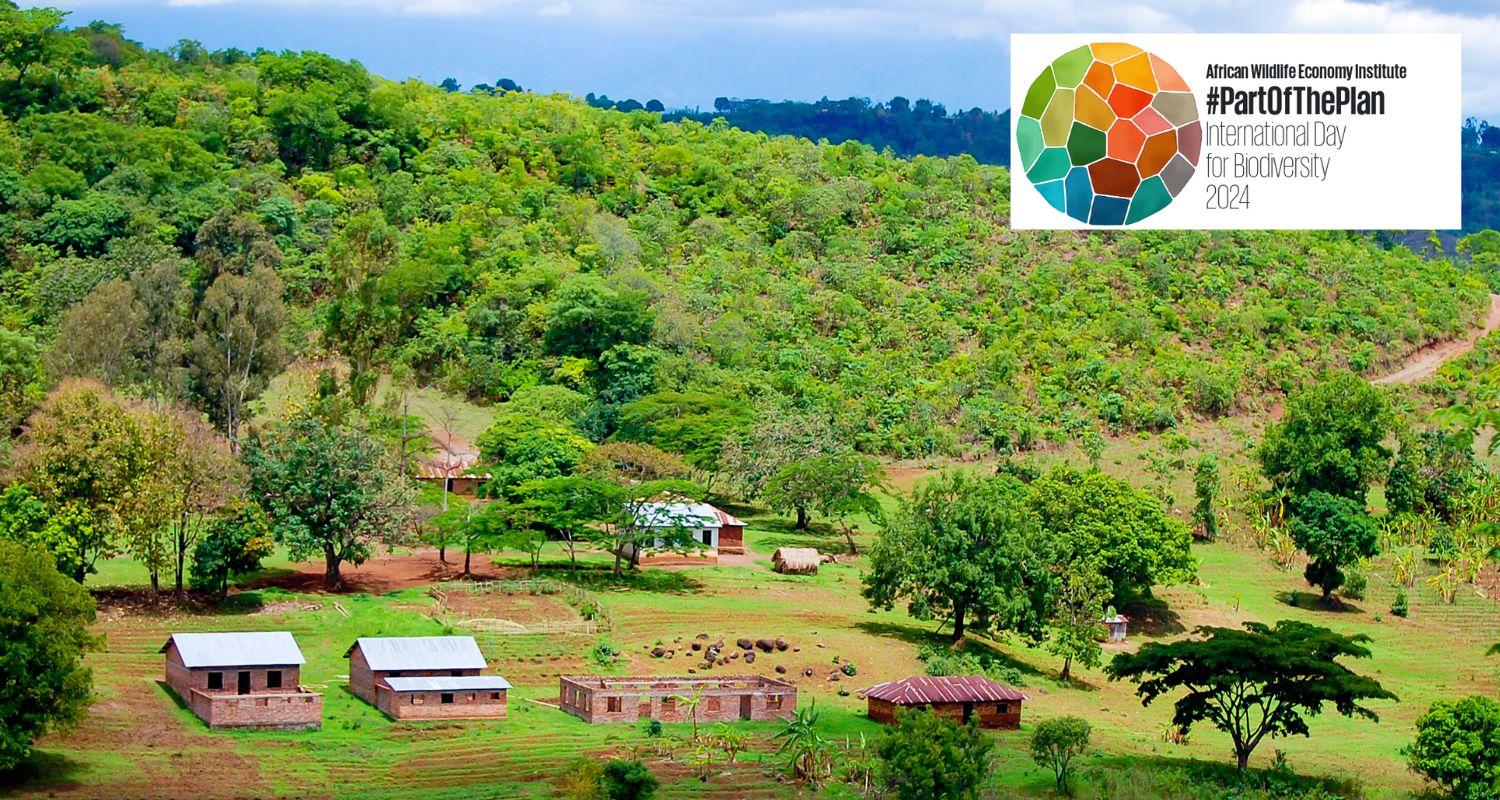
AWEI's role in the Biodiversity Plan for Life on Earth
It has become clear that a socio-ecological landscape approach must be incorporated into any Biodiversity plans that seek to effectively conserve biodiversity and ecosystems and ensure a sustainable future for people. Socio-ecological landscapes are complex systems in which people and nature are inextricably linked and changes in each affect the other. Focusing on this landscape approach is AWEI's role in the Biodiversity Plan for Life on Earth.
Biodiversity Day 2024
The theme for the 2024 International Day for Biodiversity is “Be Part of the Plan.” The Biodiversity Plan for Life on Earth, formally known as the Kunming-Montreal Global Biodiversity Framework, was recently adopted by the Parties to the Convention on Biological Diversity. It sets out a bold vision for conserving our planet:
2050 Vision of the Biodiversity Plan
The vision… is a world of living in harmony with nature where by 2050, biodiversity is valued, conserved, restored and wisely used, maintaining ecosystem services, sustaining a healthy planet and delivering benefits essential for all people.
AWEI's role in the Biodiversity Plan
The African Wildlife Economy Institute (AWEI) at Stellenbosch University in South Africa is proud to be part of this Plan - contributing specifically to Goal B and associated targets on the use of wild species:
GOAL B - Prosper with Nature
Biodiversity is sustainably used and managed and nature’s contributions to people, including ecosystem functions and services, are valued, maintained and enhanced, with those currently in decline being restored, supporting the achievement of sustainable development for the benefit of present and future generations by 2050.
Our work focuses on enabling the conservation of Africa’s socio-ecological landscapes and seascapes through wildlife economies by connecting local wildlife enterprises to global value chains. For example, a priority area for our work is supporting a sustainable wild meat sector across the continent. Livestock has widely replaced wild animals across the savannahs of Africa and developing wild meat products and markets could literally be a game changer for rewilding dryland ecosystems while reducing the impacts large-scale livestock farms have on landscapes and the broader environment.
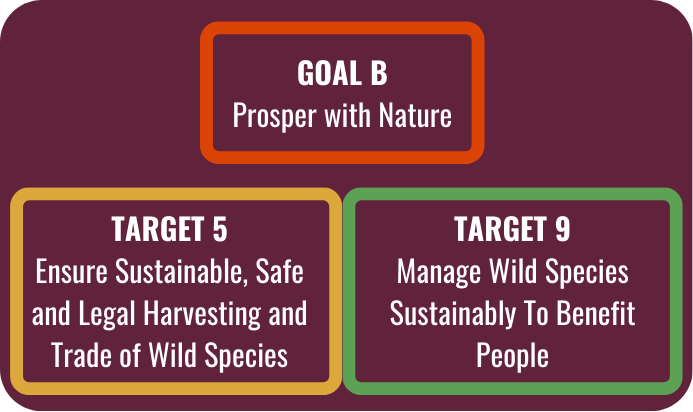
Our contribution to the Plan focuses directly on Targets 5 and 9, which aim to manage, use, harvest, and trade wild species to benefit people:
Target 5
Ensure that the use, harvesting and trade of wild species is sustainable, safe and legal, preventing overexploitation, minimizing impacts on non-target species and ecosystems, and reducing the risk of pathogen spill-over, applying the ecosystem approach, while respecting and protecting customary sustainable use by indigenous peoples and local communities.
Target 9
Ensure that the management and use of wild species are sustainable, thereby providing social, economic and environmental benefits for people, especially those in vulnerable situations and those most dependent on biodiversity, including through sustainable biodiversity-based activities, products and services that enhance biodiversity, and protecting and encouraging customary sustainable use by indigenous peoples and local communities.
Wild meat is just one of many possible uses of wild species that can sustainably benefit people. As with domesticated animals, there are uses for other parts of wild animals, such as hides and bones. However, unlike domesticated animals, wild animals also have tourism value – both photographic and hunting. Fishing both for food and for sport is another widespread use of wildlife. Using wild plants also has great potential – for food, medicines, cosmetics, fuel, or building materials. Conservation areas also provide many crucial services, such as watershed protection and carbon sequestration.
At AWEI, when we look at a socio-ecological landscape, we can imagine a diversity of wildlife enterprises providing numerous goods and services based on the sustainable use of the diverse species in the landscape. Yet what do we mean by sustainable and how do we know any use is indeed sustainable? The targets above offer some guidance on what we expect from the use of wild species. Sustainable use includes preventing overexploitation, minimising impacts, enhancing biodiversity, and protecting customary practices. We are working on developing and promoting wild standards and certification schemes for wild harvesting, to provide assurance that the use is sustainable. These can help enterprises and markets for wild products deliver sustainable outcomes at the landscape level.
Our focus on impacts at the landscape level shows that AWEI is also part of the Plan to restore and conserve ecosystems. Target 2 focuses on the effective restoration of degraded ecosystems – terrestrial, inland waters, and marine. By building a wildlife economy component into restoration/rewilding initiatives, we can ensure that restored areas deliver benefits to people, ranging from employment and business opportunities to the supply of wild goods and services. The nexus between conserving these areas and using the wild species there is highlighted in Target 3 on effective area-based conservation:
Target 3
Ensure and enable that by 2030 at least 30 per cent of terrestrial, inland water, and of coastal and marine areas, especially areas of particular importance for biodiversity and ecosystem functions and services, are effectively conserved and managed through ecologically representative, well-connected and equitably governed systems of protected areas and other effective area-based conservation measures, recognizing indigenous and traditional territories where applicable, and integrated into wider landscapes, seascapes and the ocean, while ensuring that any sustainable use, where appropriate in such areas, is fully consistent with conservation outcomes, recognizing and respecting the rights of indigenous peoples and local communities, including over their traditional territories.
Through a landscape focus on the development of Africa’s wildlife economy, we are part of the Plan to ensure that the sustainable use of wild species is a measure that effectively delivers area-based conservation. Our part is putting responsible use of wild species for people and nature at the heart of the Plan.
-
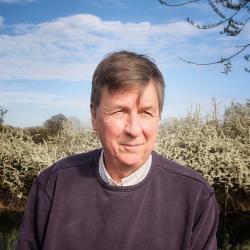
Dr Francis Vorhies
AWEI Director
We support the free flow of information. Please share:
More content
-
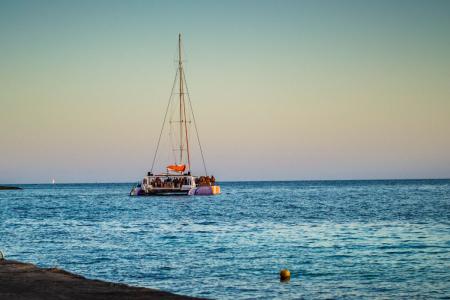
-
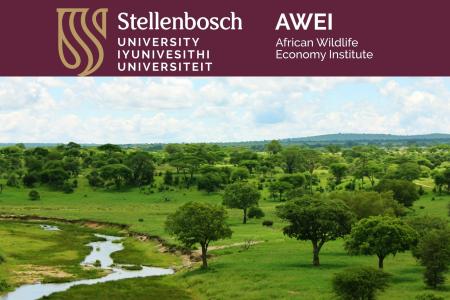
-
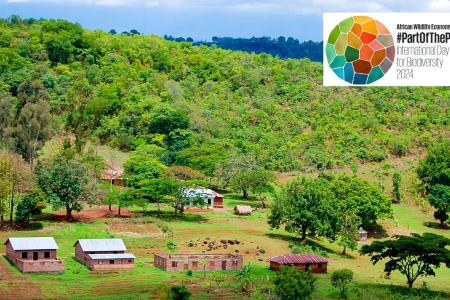
-
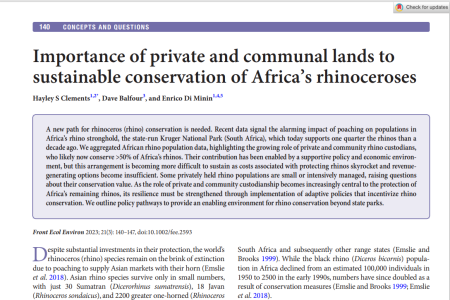
Importance of private and communal lands to sustainable conservation of Africa's rhinoceroses
Dr Hayley Clements…2023Research -
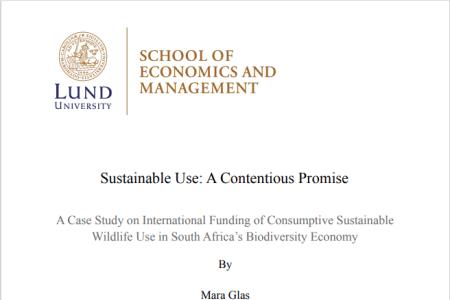
-
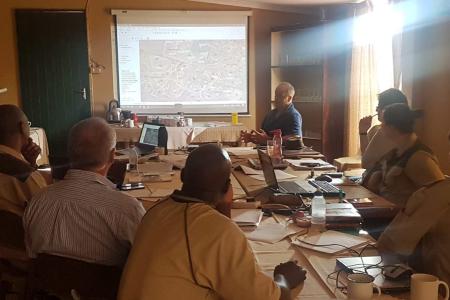
Collaborative governance models of wild product value chains for conservation and livelihood resilience
Mr Thapelo Brilliant LebopaArticles -
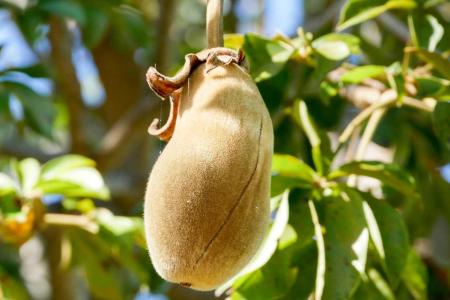
SA’s new biodiversity strategy is a key move away from colonial fortress conservation
Prof Brian Child…Articles -
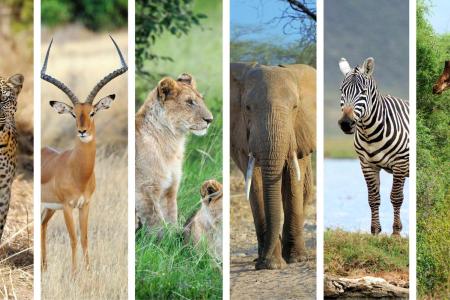
-
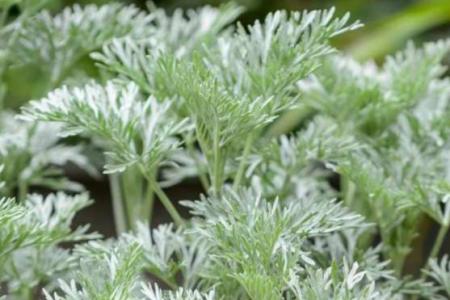
Get updates by email
Through impactful research, stakeholder engagement, and professional development, AWEI is supporting the wildlife economy across Africa. Please subscribe for occasional updates on our work and forthcoming events.
Sign up for a quarterly dose of AWEI insights
In a complex and changing world, AWEI generates strategic ideas, conducts independent analysis on wildlife economies, and collaborates with global scholar-practitioners to provide training and expertise for biodiversity conservation, climate resilience, and inclusive economic opportunities in Africa.




